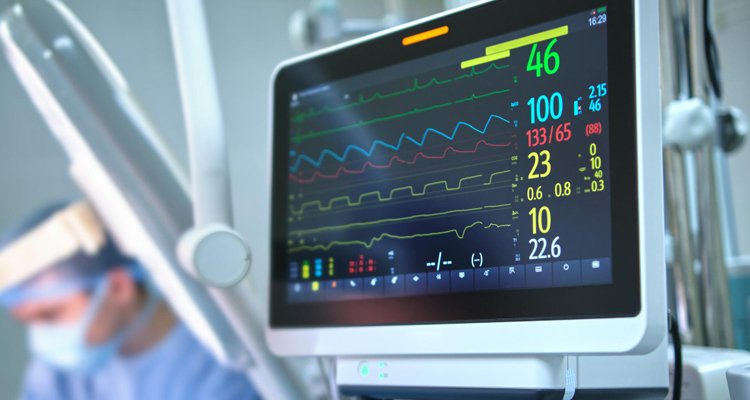
Developing an Efficient Risk Management System for Proactive Risk Assessment and Continued Safety Surveillance
Every therapeutic modality, whether a drug, vaccine, or medical device, carries inherent risks. If these risks are not effectively managed, they can pose significant threats to patient safety or even public health. Regulatory bodies recognize this, and therefore mandate proactive risk assessments and continuous safety surveillance throughout the lifecycle of a therapeutic product. An efficient and robust risk management system is crucial for mitigating these risks and ensuring the ongoing safety of patients.
Proactive Risk Management and Safety Surveillance
An effective risk minimization system provides a systematic framework to ensure that risks associated with therapeutic products are identified, assessed, and mitigated early in the product’s lifecycle. This system forms the backbone of the pharmacovigilance plan and helps characterize the risk-benefit analysis for any drug, device, or therapeutic modality.
Regulators, such as the FDA, EMA, and other global agencies, require pharmaceutical companies and medical product manufacturers to adopt a proactive approach in managing these risks, not just during pre-market evaluation but across the entire lifecycle of the product. This ongoing risk assessment is essential for ensuring continued patient safety, identifying potential adverse effects early, and protecting public health.
Key Elements of a Risk Management System
Role of SentinelRX Risk Management Team
The SentinelRX Risk Management Team provides specialized services to ensure that pharmaceutical companies meet regulatory requirements while maintaining patient safety and product integrity. Their core services include:
The team supports customers in the following specialized activities:
Conclusion
The SentinelRX Risk Management Team plays a pivotal role in ensuring that every therapeutic product undergoes rigorous risk evaluation, continuous safety surveillance, and proactive risk mitigation throughout its lifecycle. With a deep understanding of the regulatory landscape and a commitment to patient safety, the team ensures that risk management plans (RMPs) and REMS are developed, updated, and implemented in accordance with the latest regulatory requirements, providing a systematic approach to protecting patients and public health.
